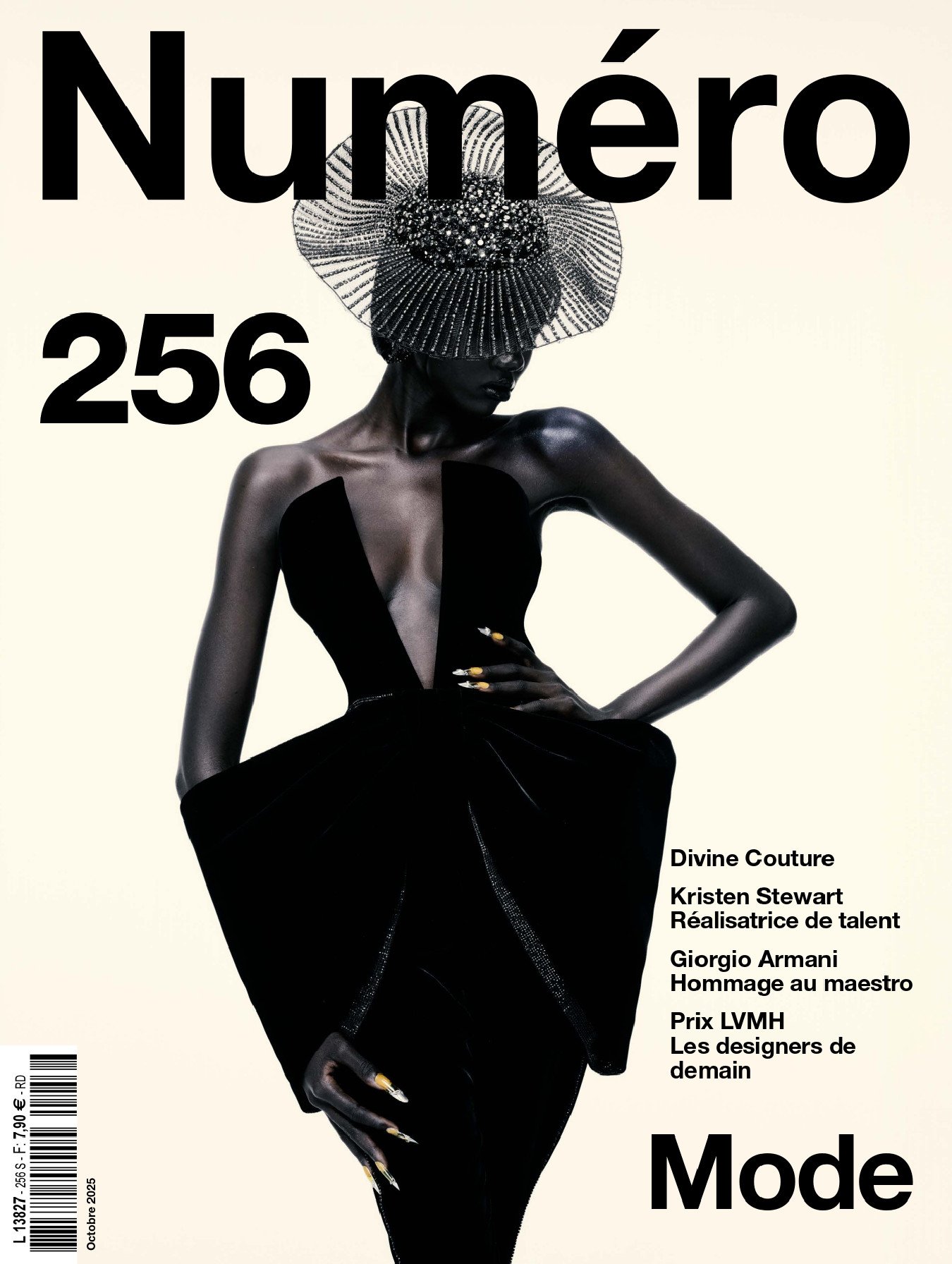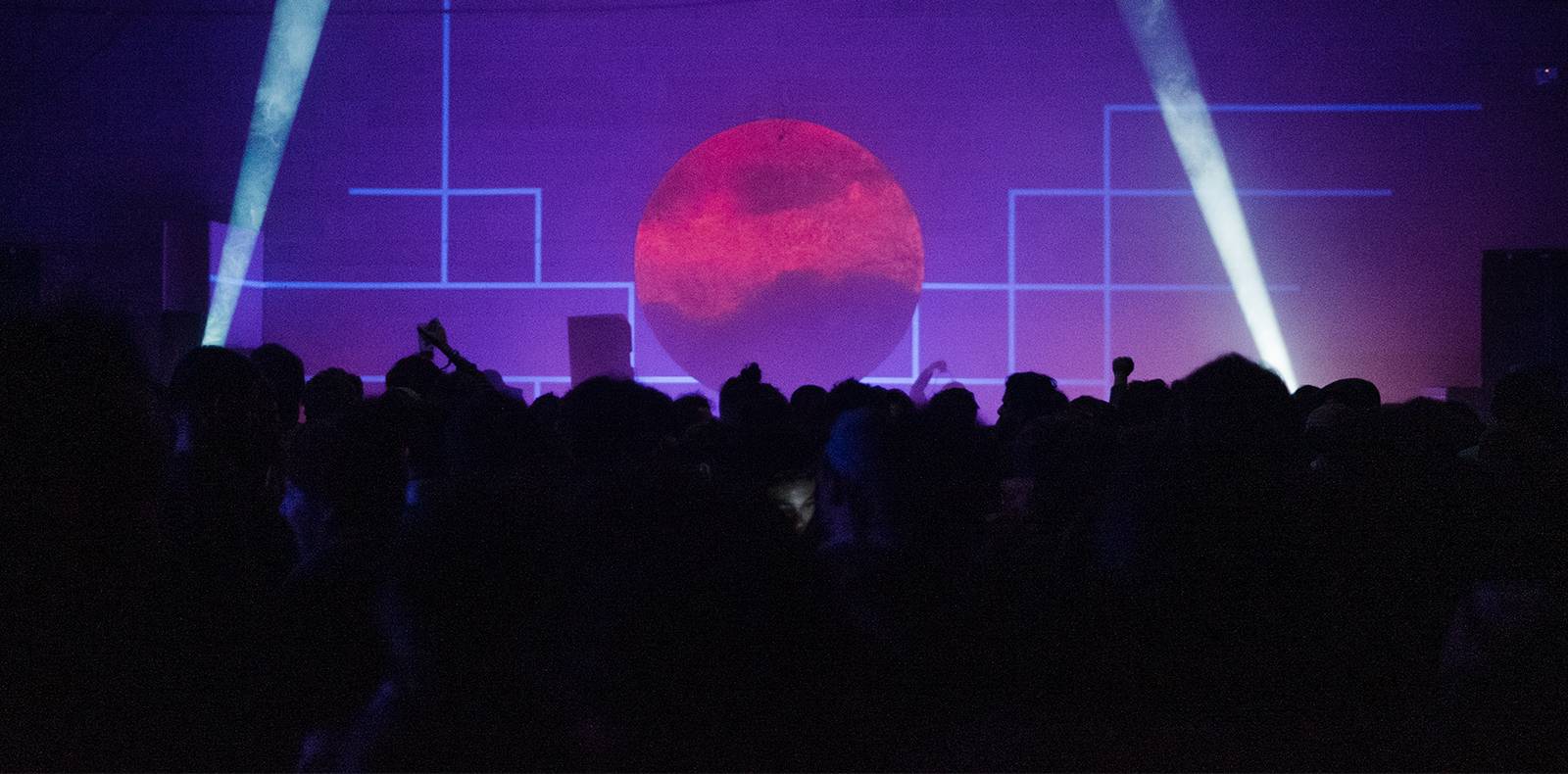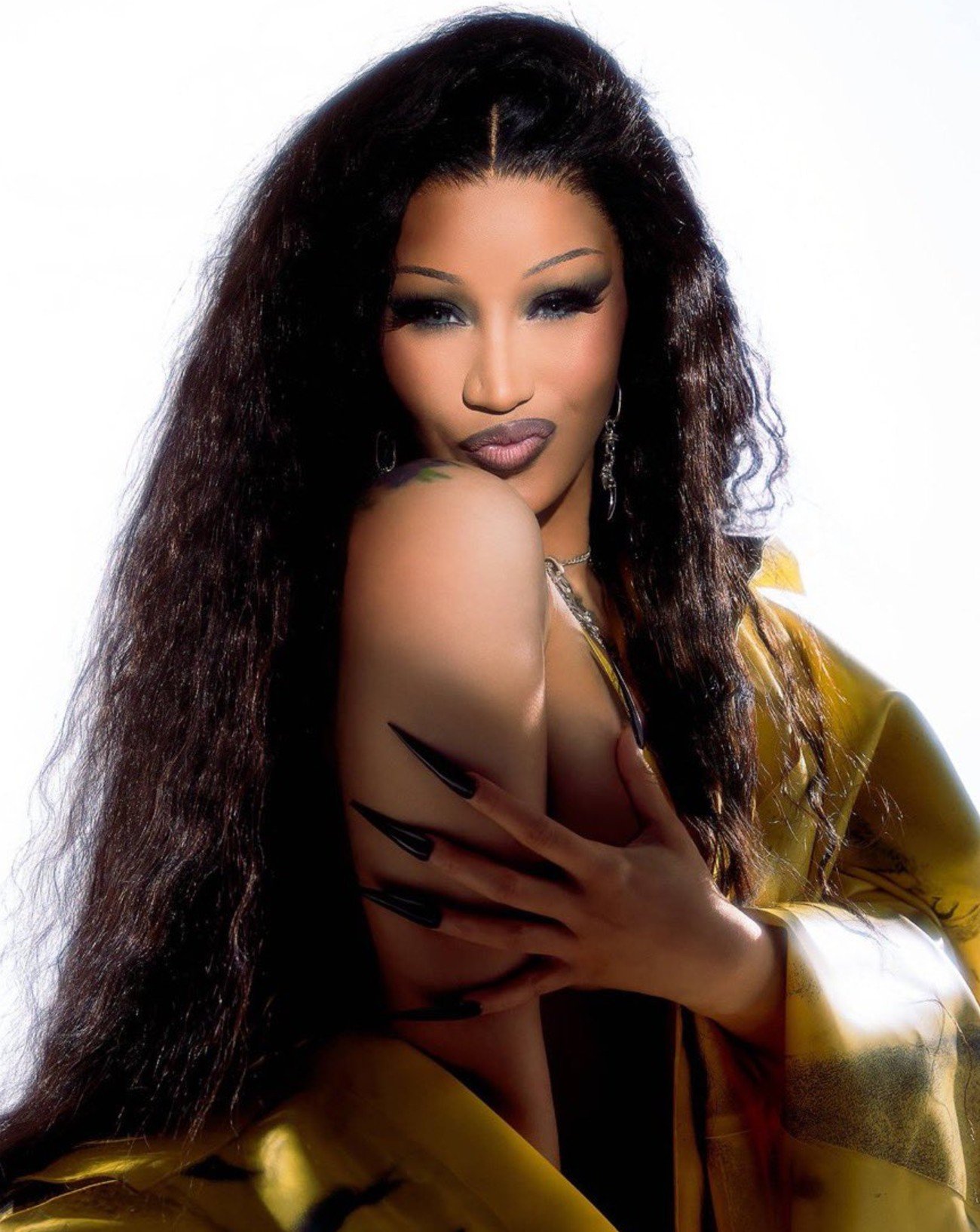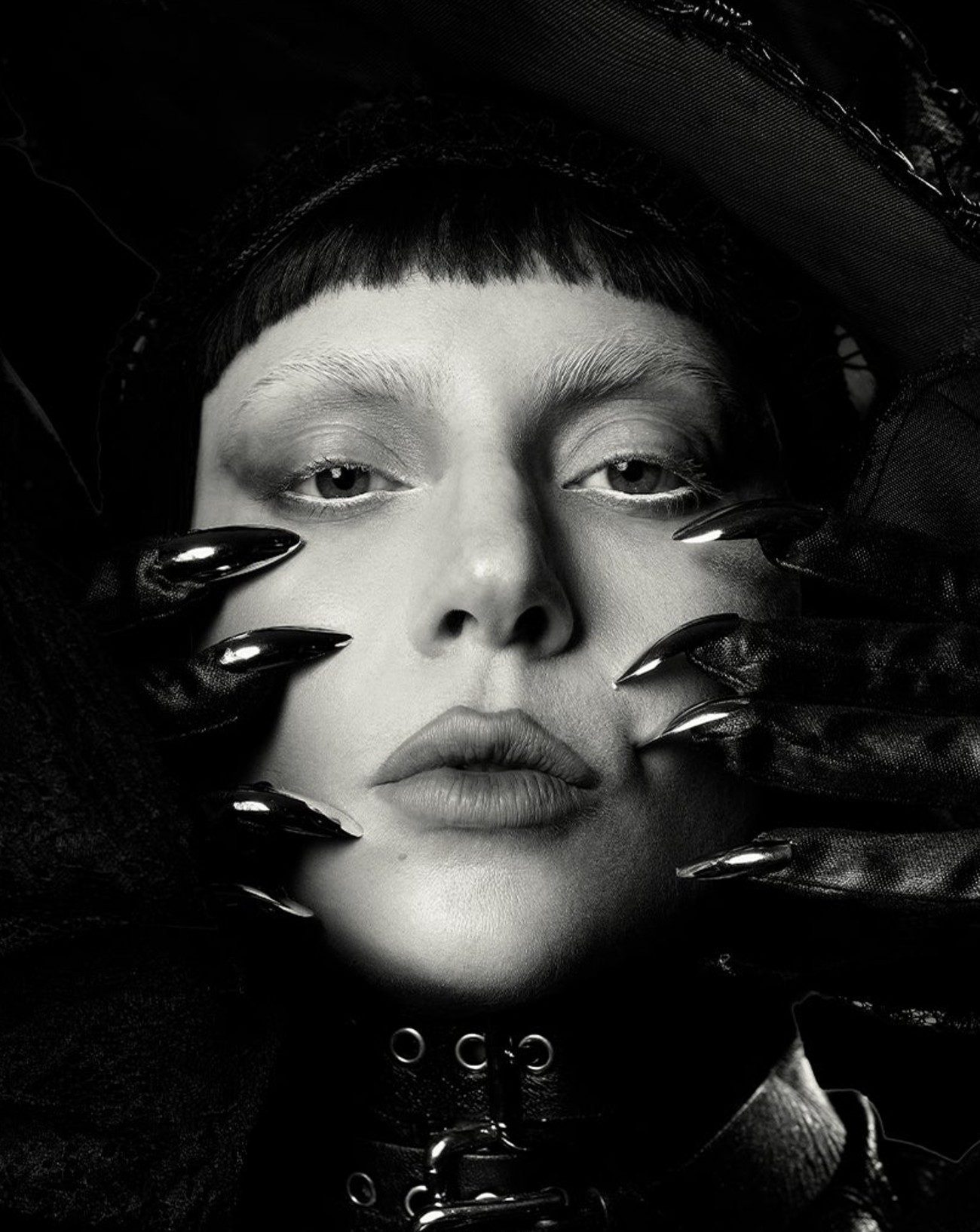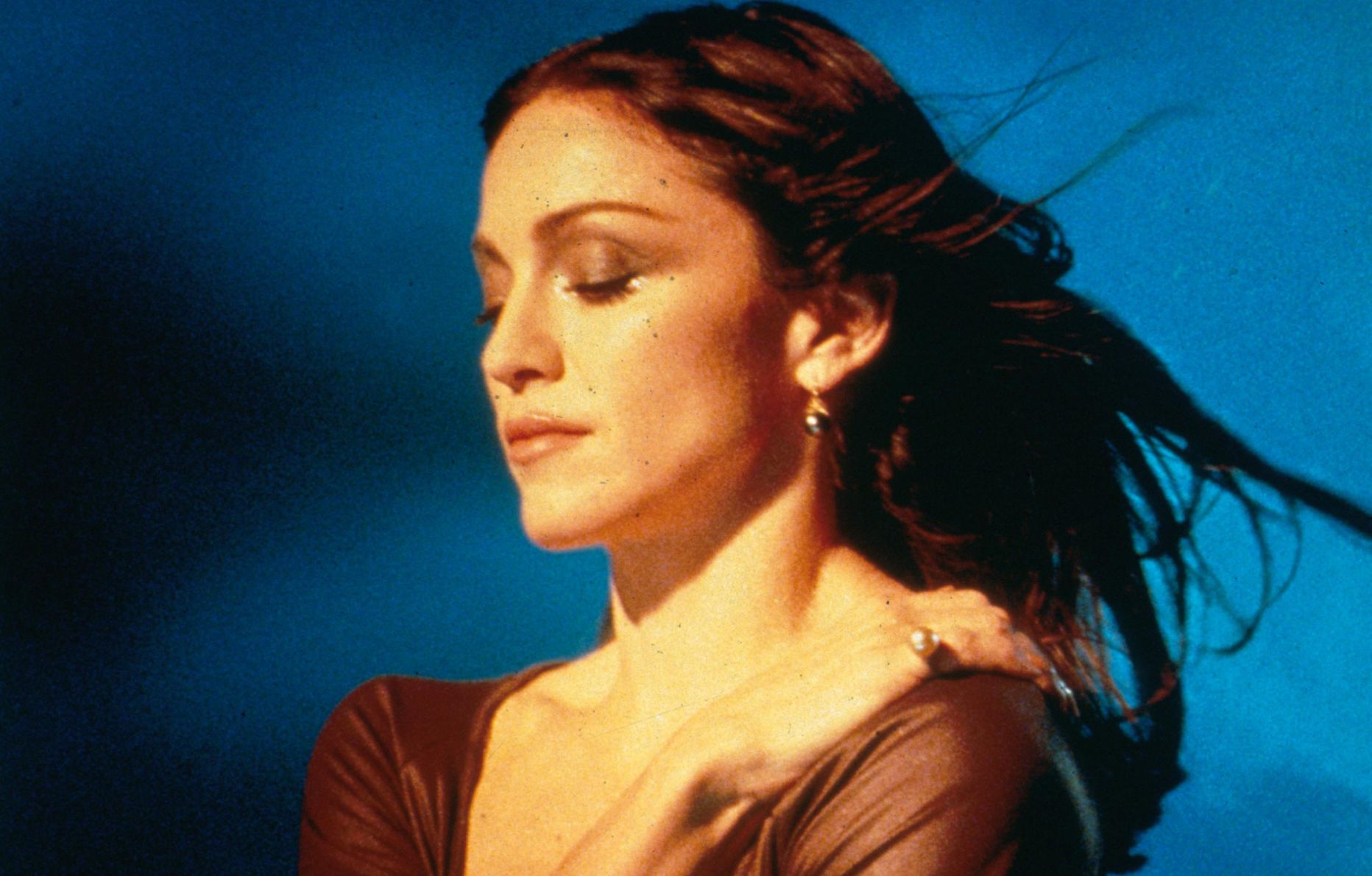
24
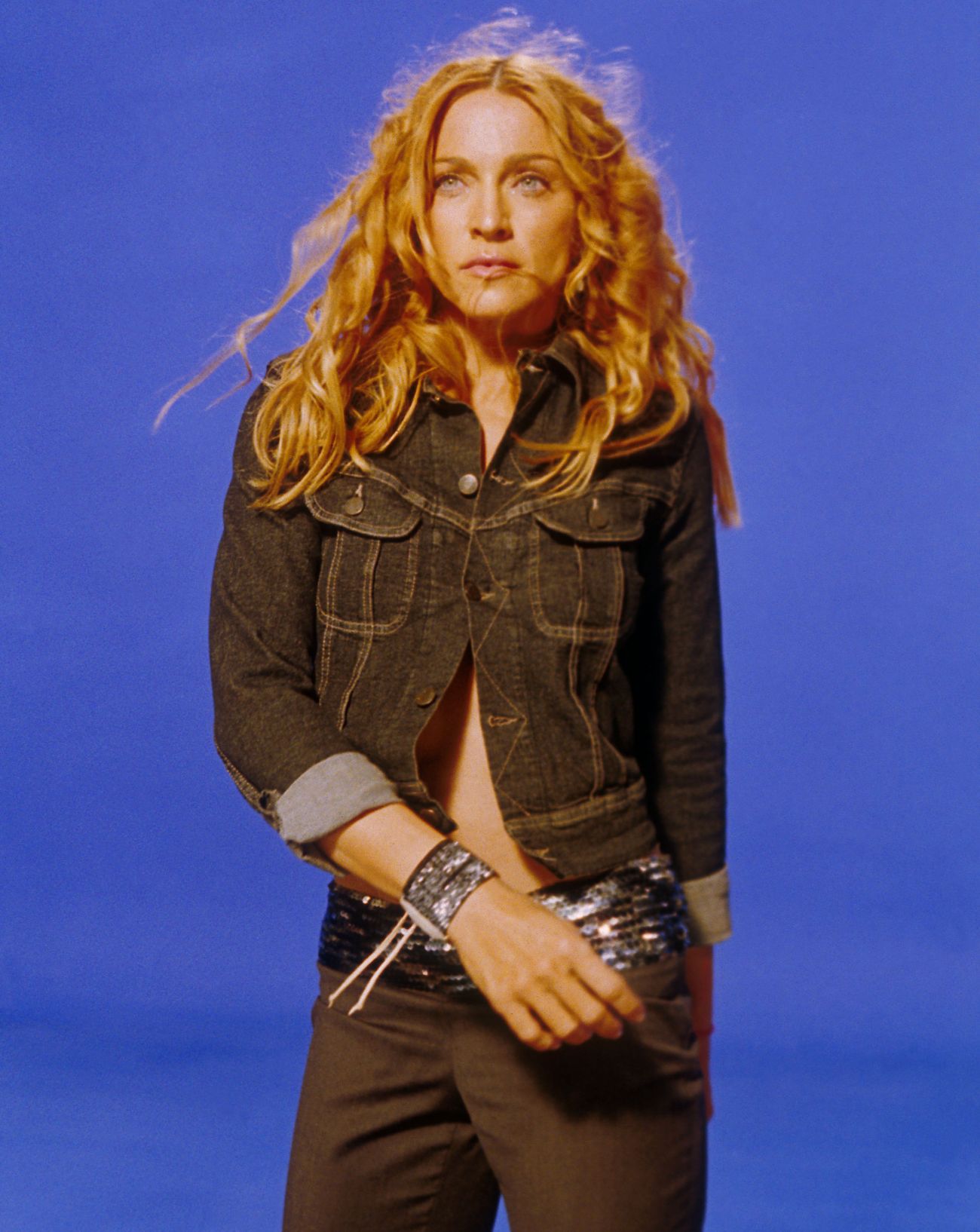
24
Ray of Light: how Madonna’s cult album influences today’s pop stars
Released in 1998, Madonna’s album Ray of Light marked a turning point in pop music, blending electronic experimentation with unapologetic spirituality. Not only did it redefine Madonna’s career, but it has also left a lasting mark on contemporary artists like FKA twigs, Lorde and Addison Rae.
By Alexis Thibault.
Published on 24 July 2025. Updated on 30 July 2025.
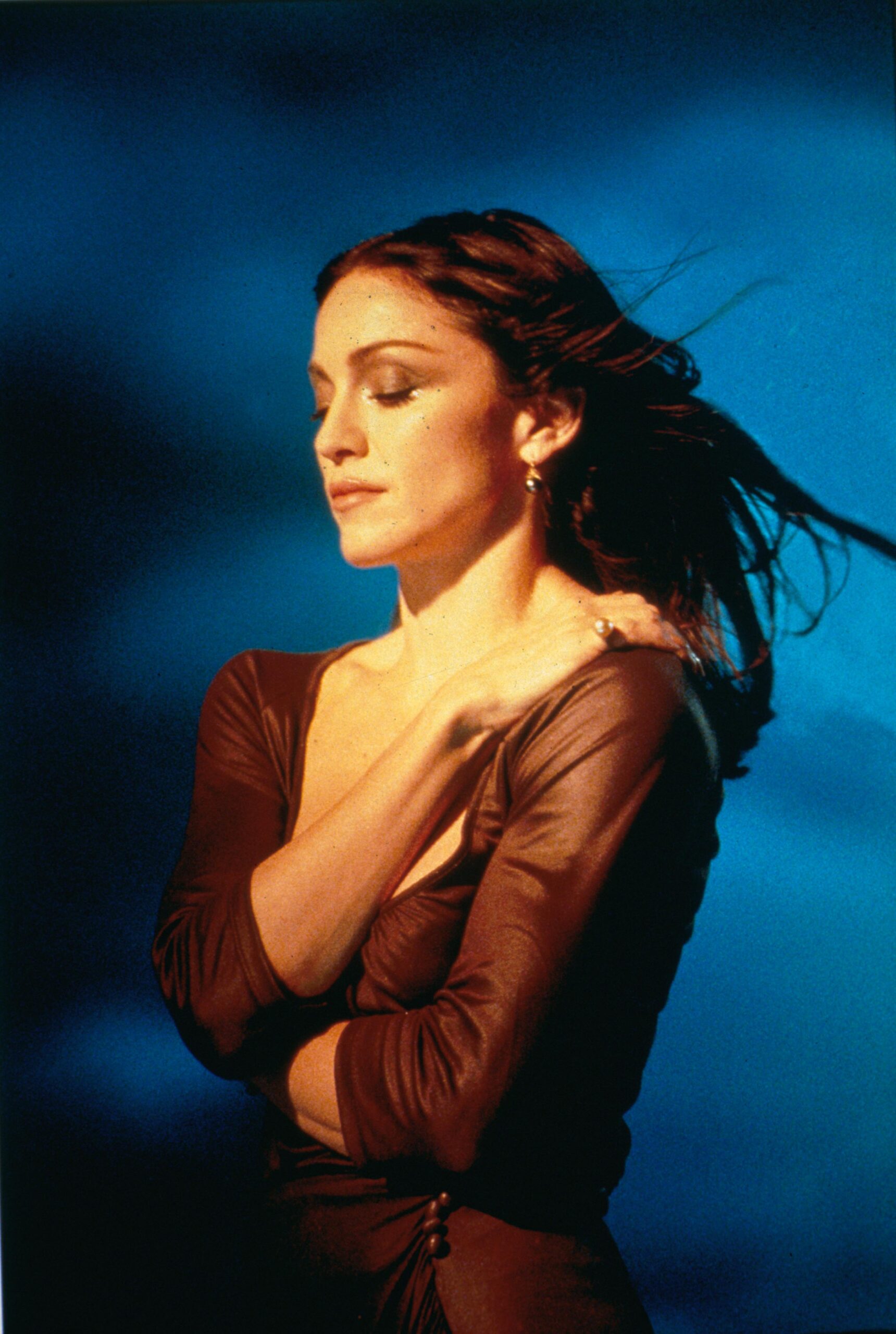
1996 – Madonna portrayed Argentinian actress and political figure Eva Perón in Alan Parker’s musical drama Evita. Her performance actually earned her a Golden Globe for Best Actress, practically handed to her on a silver platter. It might be this award that paved the way for the music icon’s staggering comeback two years later with Ray of Light, a record that contrasted from her early provocative pop-dance sounds. The transformation wasn’t only aesthetic, it was philosophical.
Madonna’s musical and spiritual rebirth
Inspired by the birth of her daughter, Lourdes, her studies of Kabbalah – a mystical branch of Judaism – and her immersion in transcendental meditation, Madonna teamed up with British ambient electronic producer, William Orbit. That choice marked a major artistic shift.
With his arsenal of analog synthesizers, such as the ARP 2600 and the Roland Jupiter-8, the producer created a dense, organic, and futuristic sound texture. The glitch-like atmosphere in Swim, the liquid arpeggios in Frozen, and the cosmic layers in the track Ray of Light weave an unexpectedly immersive canvas. Madonna’s voice is more assured, more vibrant. It becomes a vehicle for rawer emotions than ever before…
The album Ray of Light, or Madonna’s avant-garde masterpiece
The song Frozen, for instance, draws its inspiration from classical Indian music, particularly through its string arrangements and its relatively slow 6/8 time signature – six eighth notes per bar that create a fluid and undulating sway. As for the track Ray of Light, it samples the song Sepheryn (1971) by the English folk duo Curtiss Maldoon. It unleashes a rave-like, euphoric energy rarely heard in a pop music album at the time. Madonna sings faster than ever before, supported by a 135 bpm beat that stands in sharp contrast to the contemplative moments that dominated the album until then.
Critics unanimously praised the album when it came out. Rolling Stone described it as a “techno and spiritually-informed masterpiece,” while Entertainment Weekly hailed it as a “spiritual tonic.” To top it off, the album won four Grammy Awards in 1999, including Best Pop Vocal Album. Ray of Light was already establishing itself as an iconic piece of mainstream electronic music.
A few anecdotes further cemented its legend, such as the fact that vocal recordings had apparently been completed in a single take. The video for Frozen, directed by Chris Cunningham, drew its inspiration from Sufi and Gothic imagery, inevitably enhancing the project’s esoteric dimension.
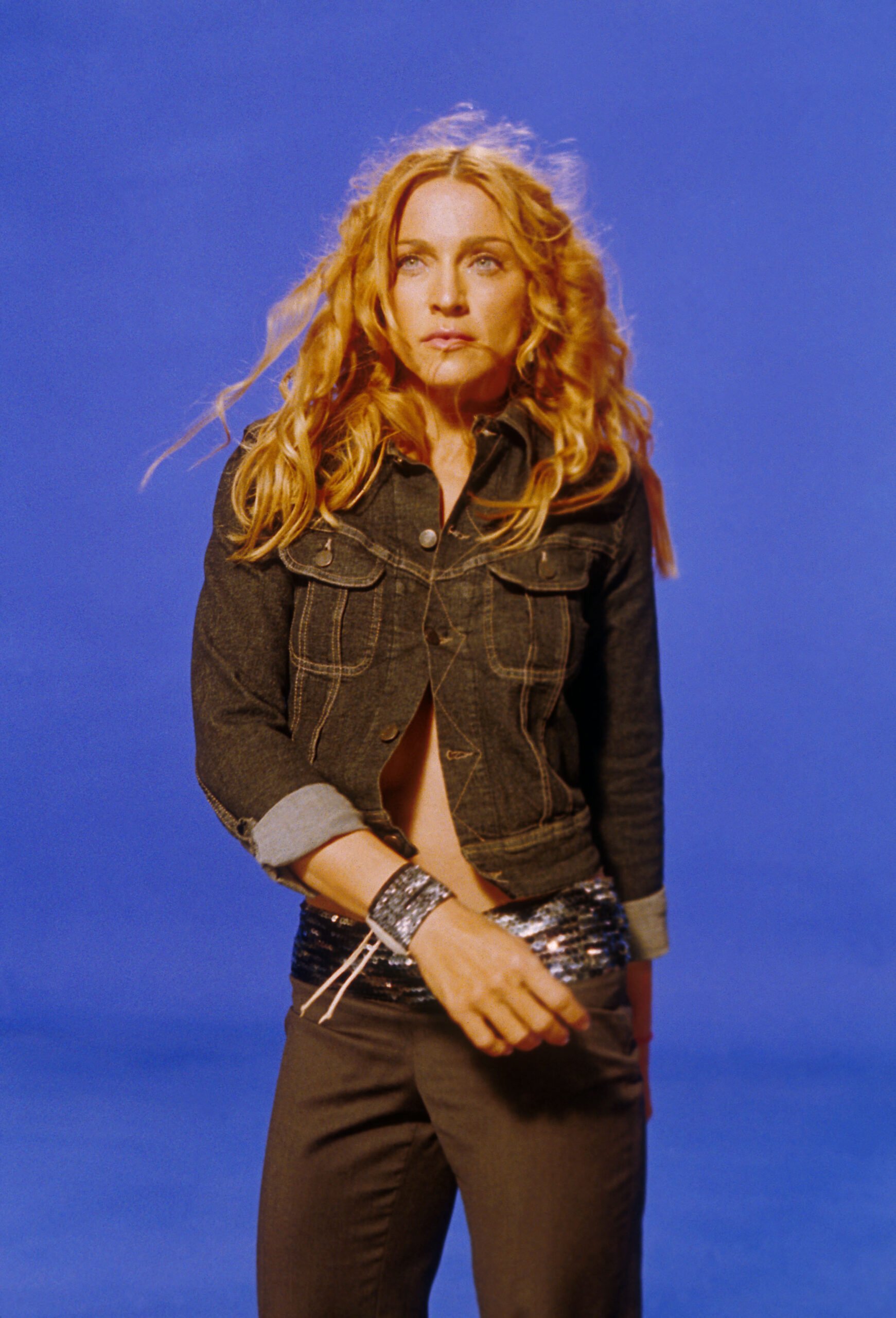
FKA twigs, Arca, Addison Rae… Direct heirs to Madonna?
Twenty-five years later, Ray of Light continues to inspire contemporary pop. Not just for its sounds, but for the freedom it offered pop artists to reinvent themselves spiritually, sensorially, and vocally-speaking. FKA twigs is perhaps the most obvious artist to claim this heritage.
In CAPRISONGS (2022) and EUSEXUA (2025), she shifts between ethereal vocals, deconstructed beats, and heartbreaking confessions. Just like Madonna before her, the British artist blurs the lines between the body and the machine. A striking example is her track MetaAngel. Unsurprisingly, she has referred to Ray of Light as “a blueprint for unapologetic female reinvention.”
With Addison Rae, the influence is more subtle, but just as real. Her EP AR (2023), often mocked for its mainstream ambition, nonetheless reveals a sophisticated use of vocoder, echo, and analog reverb, especially on the tracks 2 Die 4 and Nothing On (But the Radio). In 2024, her song Aquamarine borrowed from the liquid layers of Frozen and tackled the themes of purification and transcendence. The artistic intent seems more serious…
Toward a more complex hybridization, from Lorde to Arca
However, the shadow of Ray of Light also looms over the broader realm of pop production. Indeed, the album paved the way for unapologetic hybridization. Shygirl, Robyn, Lorde, Caroline Polachek, Arca… All these artists have reconciled spirituality with technophilia, the intimate with the spectacular to some extent. Even Billie Eilish, in her most ambient moments, sometimes seems to draw her inspiration from it.
Ray of Light isn’t simply a hit album. It’s a true manifesto. This record has repeatedly proven that pop music can be cerebral without losing its sensuality. In a sense, it laid the foundation for an entire generation of female artists who refuse compromise and reject linear narratives.
Ultimate proof of her lasting relevance? On July 25th, 2025, Madonna released a remix album titled Veronica Electronica, featuring tracks from that era with EDM overtones that will likely inspire a new generation of singers.
Ray of Light (1998) and Veronica Electronica by Madonna are available now.
